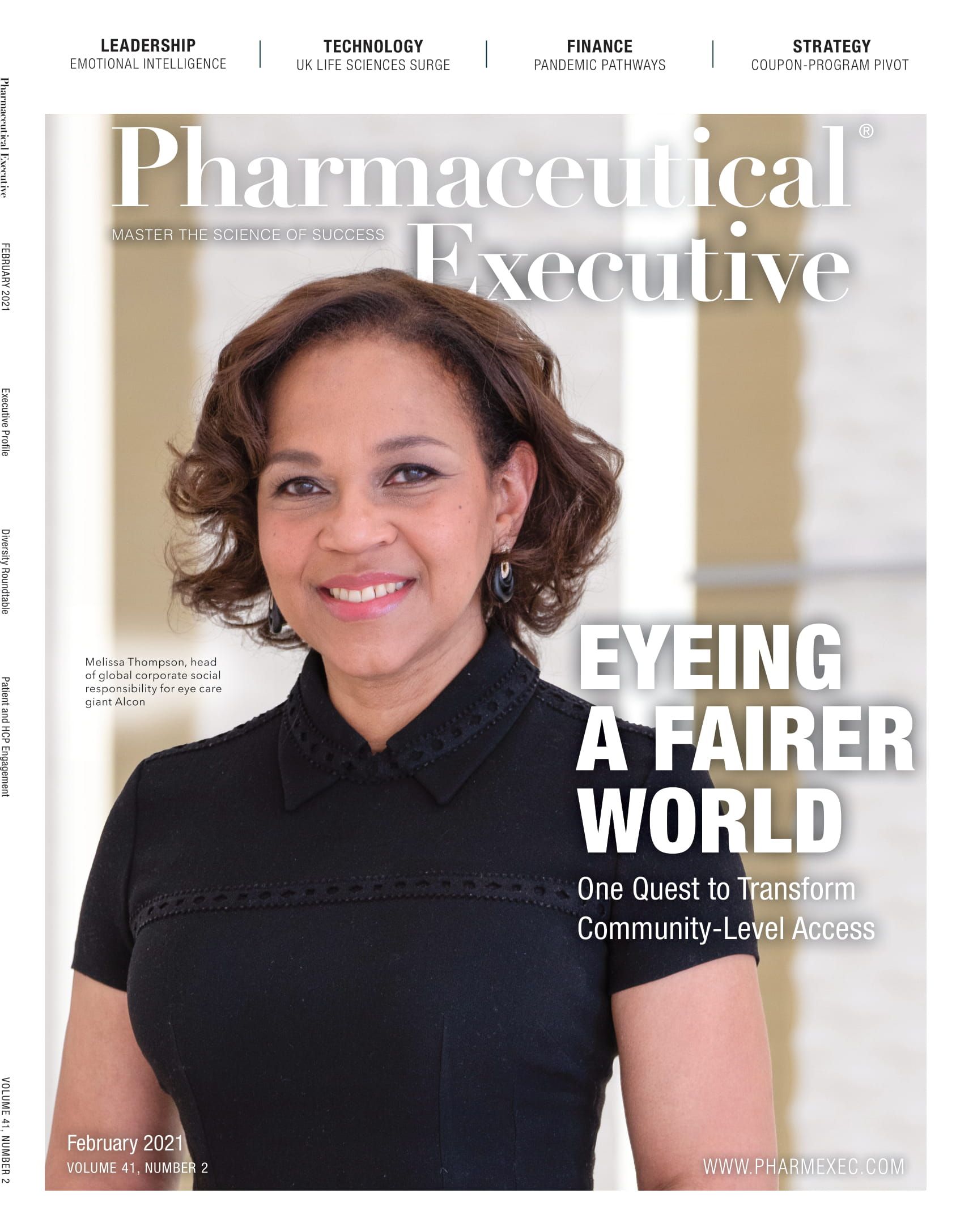A Generational Opportunity for Talent Pipeline Development
COVID-19 creates a unique chance to refocus STEM strategies.
Ann Taylor, MD

Clinical trials, vaccine safety and efficacy, and the drug approval process entered the collective international consciousness in 2020. The COVID-19 pandemic ushered in a new era in public discourse and understanding about disease, science, vaccines, access to medicines, and public health. These topics were dinner table conversation (even if virtual) that prompted everyone around the globe to contemplate what it takes to make, and deliver, a medicine. As a direct result of the pandemic, many more people have become personally acquainted with the power of science and medicine, as well as its limitations.
Marian Wright Edelman, founder and president of the Children’s Defense Fund, said, “You can’t be what you can’t see.” People around the world can now plainly see what science makes possible. They can see researchers, industry, governments, and regulators working together to develop safe and effective vaccines. They can see what STEM expertise can contribute to the world. They can understand how perseverance, grit, and a dedication to safety can translate into medicines designed to improve everyday life. And some, especially young people witnessing science work in real-time, can see that we all have a role to play in what the collective future looks like.
We are at a unique moment where a refocused commitment to keeping young people engaged in STEM fields by providing hands-on, real-world education, as well as championing women and people of color can inspire a more diverse, equitable, and adaptable pharmaceutical and biotech industry of the future. It’s a future that will take on the toughest challenges in human health—heart disease, cancer, neurodegenerative diseases, infectious diseases, and of course the potential for future pandemics.
Hands-on learning and real-world education
Students of color leave STEM majors at higher rates than white peers. An important motivating factor for these students is understanding the meaning and potential of scientific pursuits, particularly for students who may not have many role models to look to. We must make an effort to inspire these students at different points throughout their education, by making science relevant to them, and ensuring the science environment is welcoming of all differences. Inspiring students to stick with STEM requires more than just teaching—to succeed, we must help students see personal and cultural values in their studies.
To connect directly with youth last year, our scientists appeared on programs like Let’s Talk STEM, a talk-show style YouTube program designed to introduce students to STEM professionals. Additionally, our Generation Health: How Science Powers Us program, developed in partnership with Learning Undefeated™ and Discovery Education™, provided STEM education opportunities to more than one million students around the world. Generation Health also commissioned and delivered thousands of at-home science kits to under-resourced high schools in support of remote learning.
Elevating women and people of color
The education pathway is critical to growing the pipeline of talent, but simply graduating promising STEM talent isn’t enough. We must also address barriers in the workplace that limit diverse thinking and sideline talent to improve business performance.
Women account for less than a third of the worldwide STEM workforce. We continue to wrestle with these difficult realities and imbalances as an industry. While some progress has been made, we know that there is more to be done. Elevating the stories and leadership of women and people of color in STEM can make real the opportunity for those that don’t see themselves adequately represented in science now. We must pair this visibility with truly welcoming workplaces where everyone understands the needs of varied populations and speaks up to make sure those needs are met.
The development of safe and effective COVID-19 vaccines will define what science means in society for an entire generation of young people, in the same way that the 1969 moon landing inspired a generation of children to become astronauts and rocket scientists. Our industry needs to capitalize on this opportunity to diversify and secure the next generation of talent. We’ll do this, together, by inspiring their curiosity and sense of wonder, exposing them to our talented and diverse scientists and engineers, and educating those who influence them and can engage them where they are today.
If 2020 has taught us anything, it’s that we don’t have time, or opportunity, to waste.
Ann Taylor, MD, Chief Medical Officer, AstraZeneca
